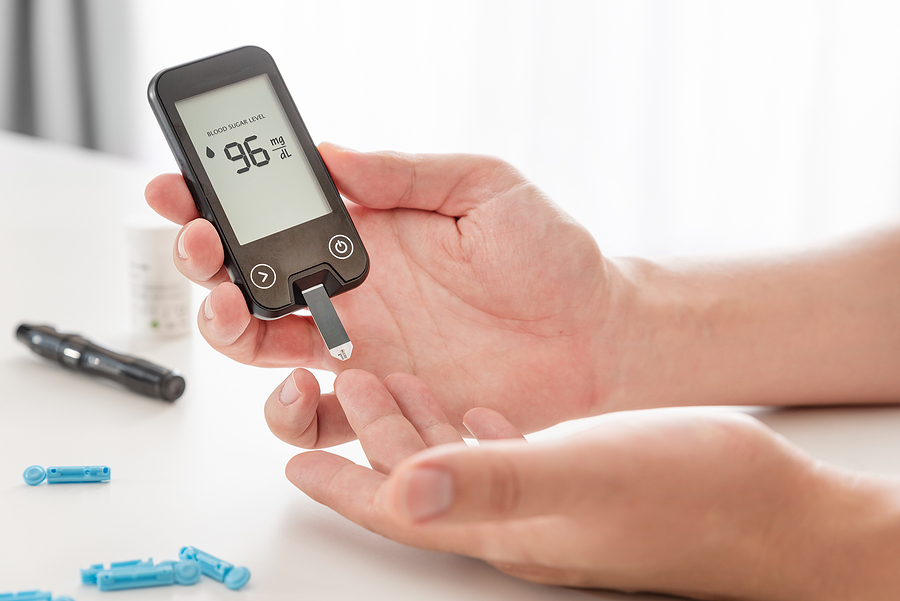Glucometer Reading and When Interpreting the Reading Becomes Tricky
Healthful Vitality | 09/16/2021 | By NP Contributor | When Interpreting the Glucometer Reading Becomes Tricky.

Self-Monitoring of Blood Glucose (SMBG) is not merely about collecting information. Instead, many researchers consider it a kind of essential intervention, something as important as taking medications regularly.
Most people would use commonly available glucometers for SMBG. Although they are not very accurate, nonetheless, they work. Moreover, they provide pretty important information due to multiple readings.
There are many reasons why SMBG works. It helps regulate the dosage of medications, insulin, and so on. More importantly, it allows people living with diabetes and caretakers to make adjustments to treatment.
Glucometer reading: Interpreting blood glucose reading
Using a glucometer is pretty straightforward. Once mastered, most individuals do not have any issue using it regularly. However, interpreting glucometer readings could be quite challenging.
Below is some information on how people living with diabetes (not healthy adults) may interpret glucometer reading.
If blood is tested in the morning, ideally, one should aim to keep blood glucose levels below 126 mg/dl. However, anything up to 140 mg/dl is satisfactory. However, one should understand that fasting blood glucose does not essentially mean taking a reading in the morning. What it means is taking a reading at least 8 hours after the last meal.
However, interpreting glucometer reading becomes tricky when the test is done randomly, before food, or after a meal. In such cases, 140 mg/dl before a meal would still be good. Usually, anything below 180 mg/dl would be acceptable, though not good. But results above 180 mg/dl clearly indicate poor control over blood sugar levels.
Challenges of interpreting glucometer readings after meals
Interpreting glucometer readings after meals is even more challenging. Since those living with diabetes have impaired glucose tolerance, post-meal readings would be above 126 mg/dl almost in all the cases. Therefore, blood glucose test results of up to 180 mg/dl may be regarded as good when tested 1-2 hours after a meal. Generally, results up to 234 are acceptable, though not very good. However, an upsurge of blood glucose levels above 235 mg/dl clearly shows poor diabetes control.
Those with poor glucose readings should take steps to have better control over blood sugar levels:
- Drink plenty of water
- Eat products low in glycemic index and also reduce the carb content of the diet
- Consult the doctor for changing medications or increasing the dose of insulin
- Get regular exercise
- Follow the meal plans strictly
- Start planning meals carefully, eat in small portions
Regular blood glucose monitoring is not just to know the blood glucose levels. It is a type of intervention. Glucometer readings help understand how well a person is controlling diabetes.
Poorly controlled diabetes considerably increases the risk of chronic complications, especially diseases of blood vessels and nerves. A person with poorly controlled diabetes is at increased risk of heart diseases, chronic kidney diseases, peripheral ulcers, amputation, retinopathy, peripheral neuropathies, and so on.
Although lab tests are much more reliable, it does not mean that one can do without a glucometer. One cannot get lab tests done as frequently.
(Related Article: Glucose Control Solution: Accuracy, When and How to Use)
